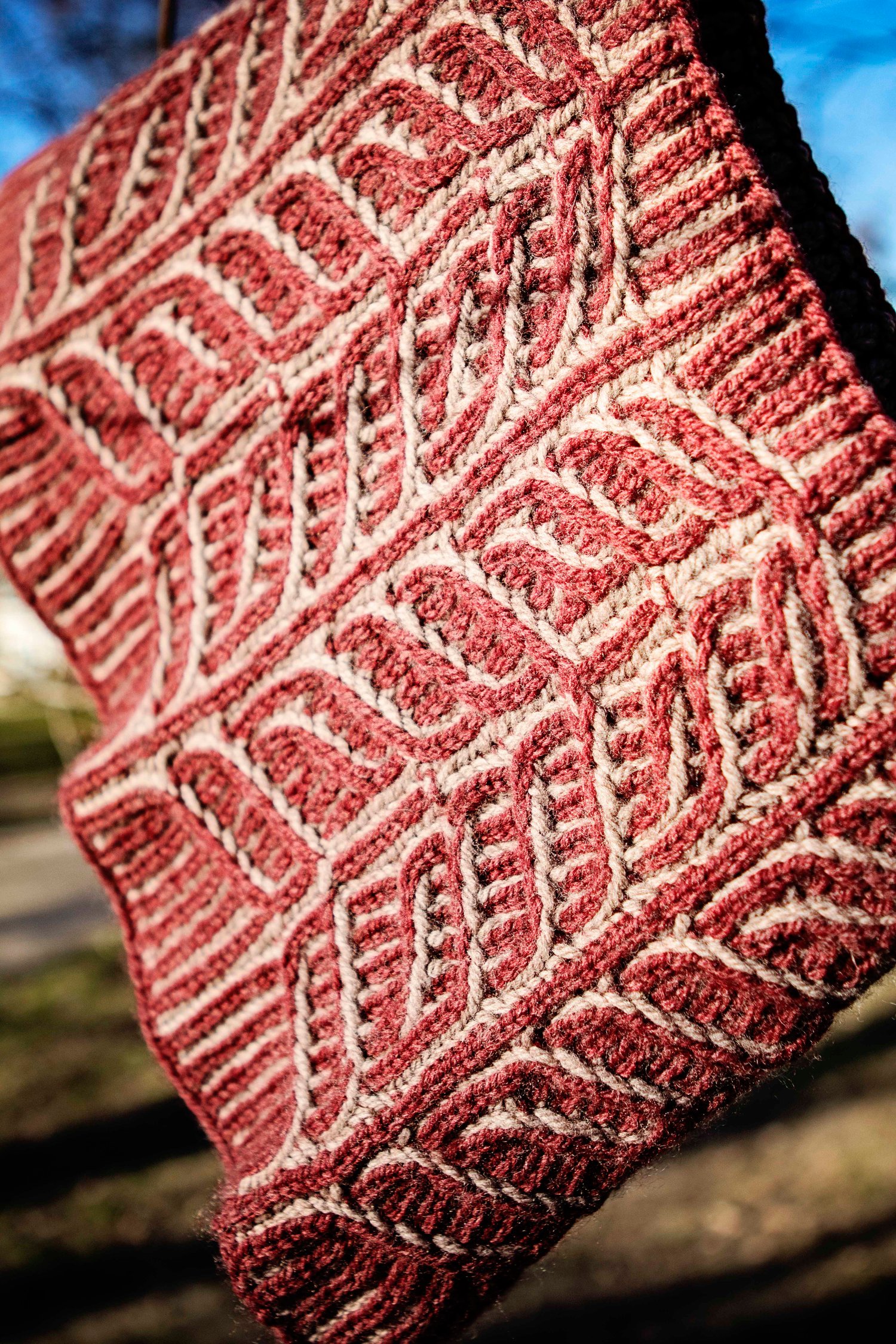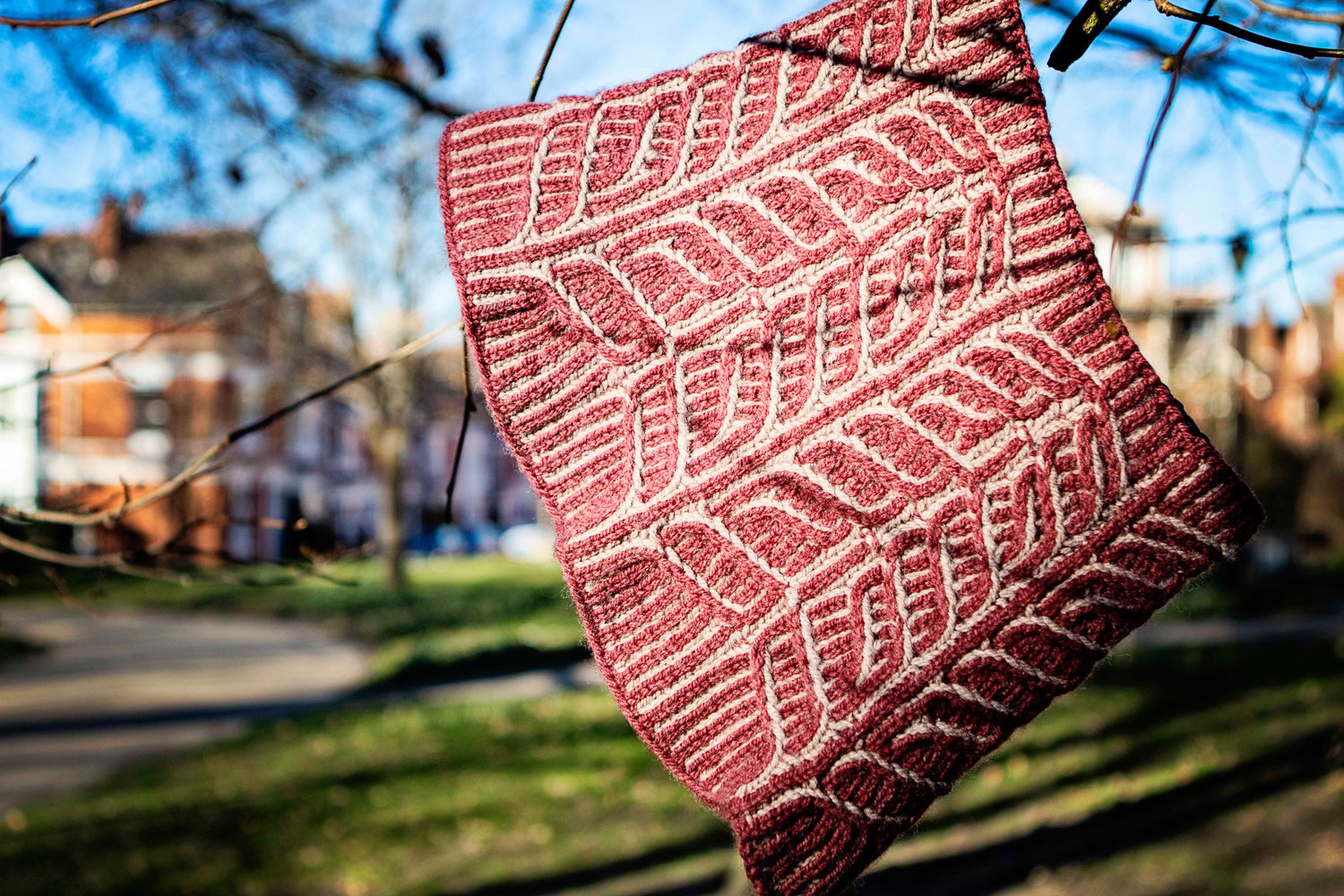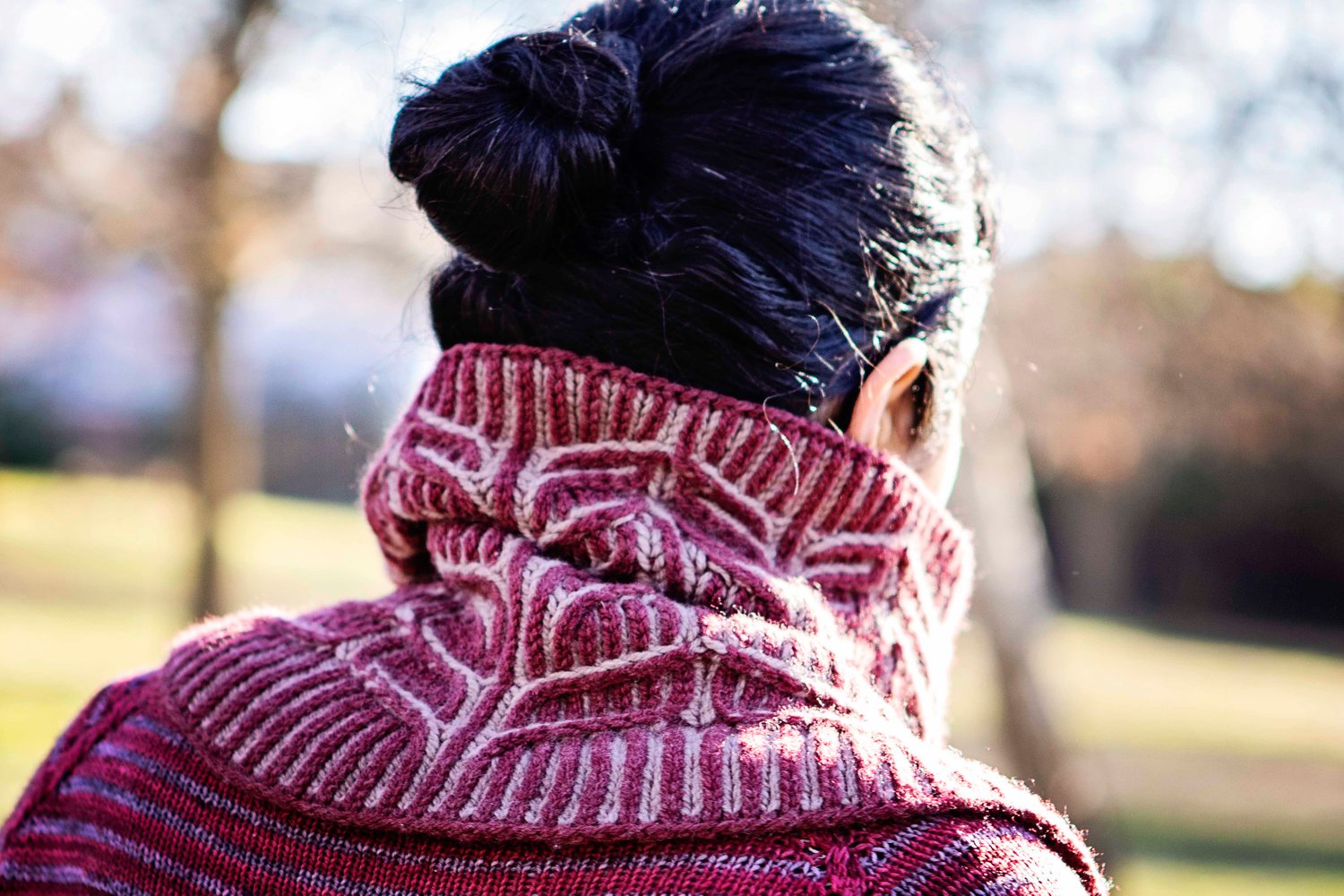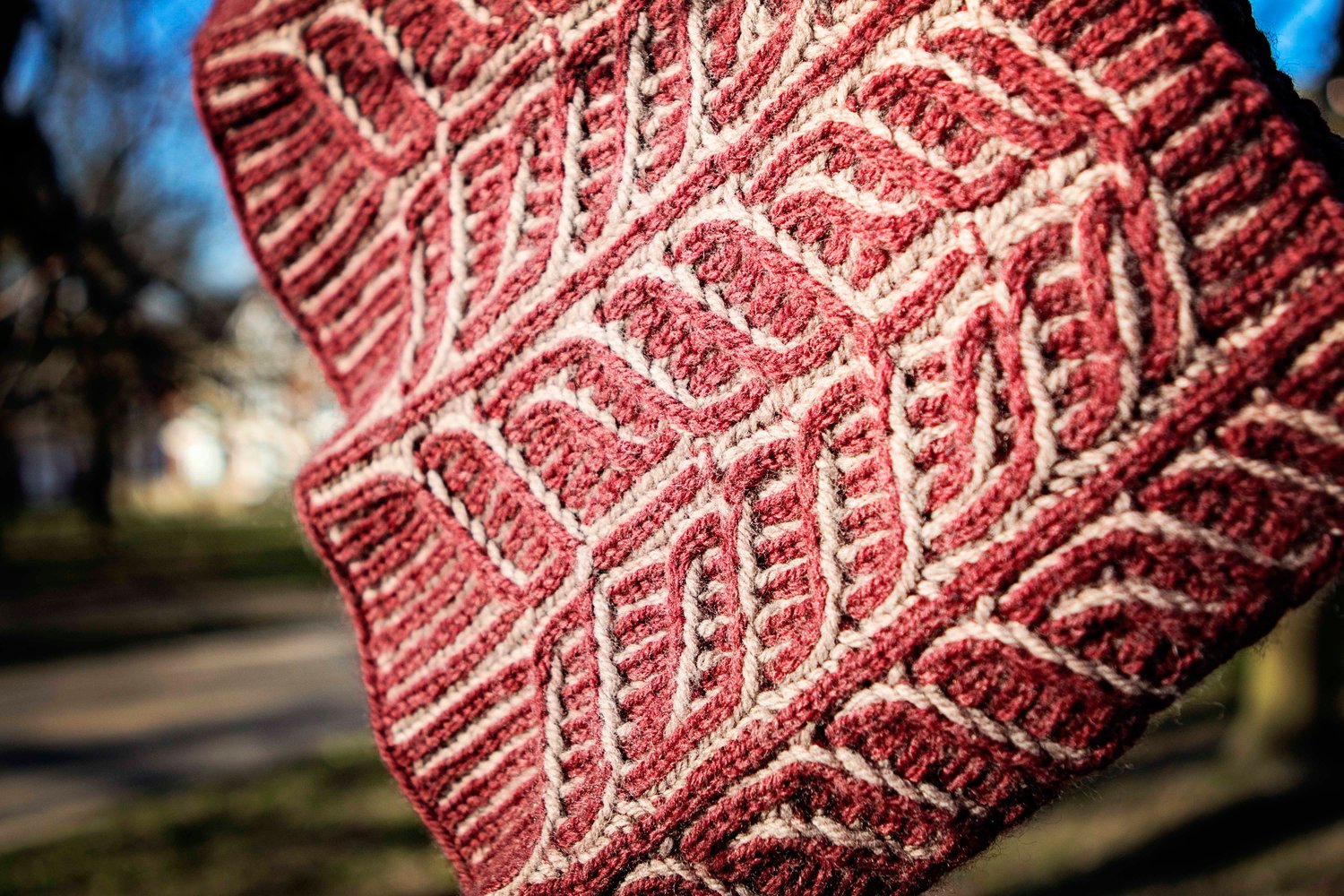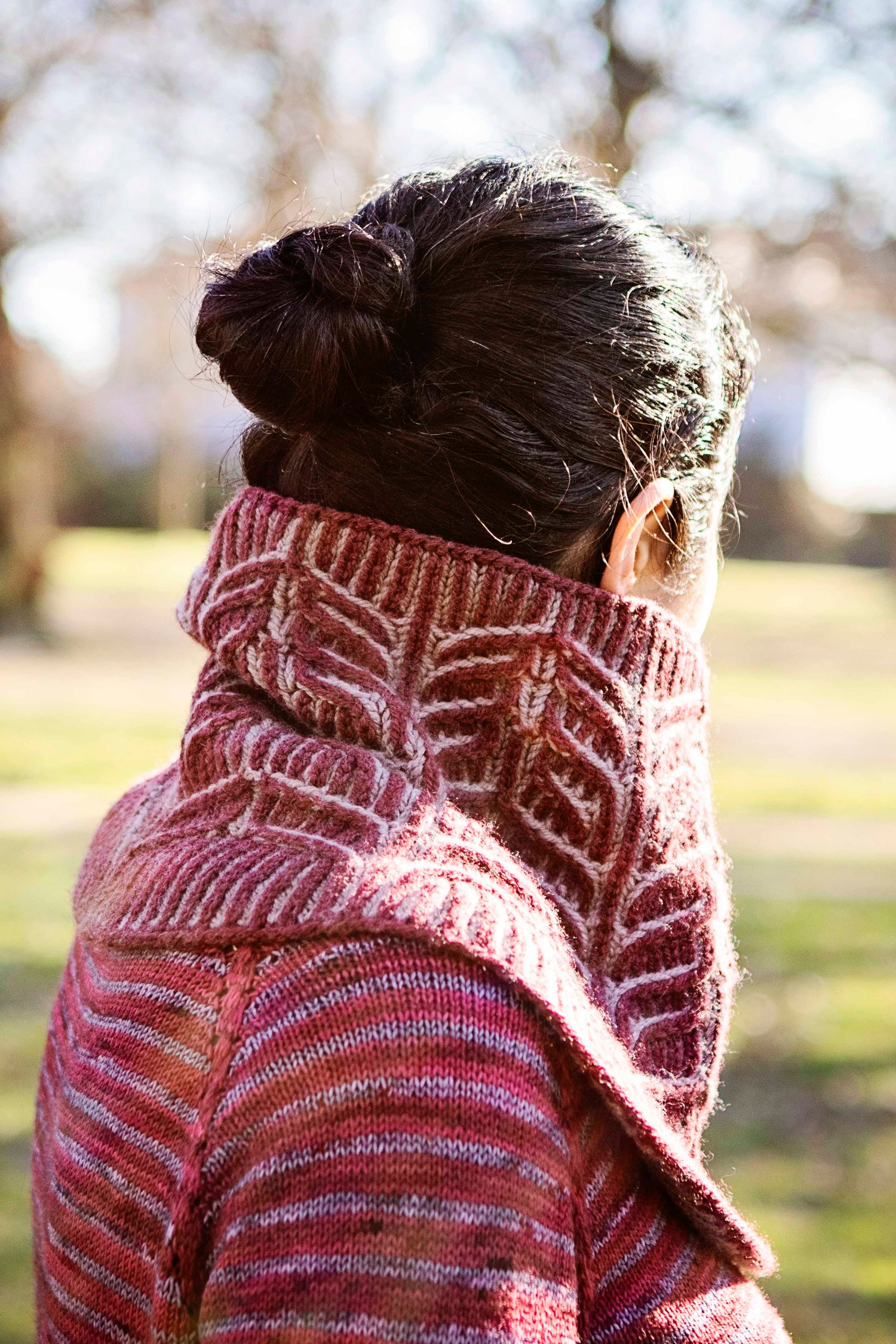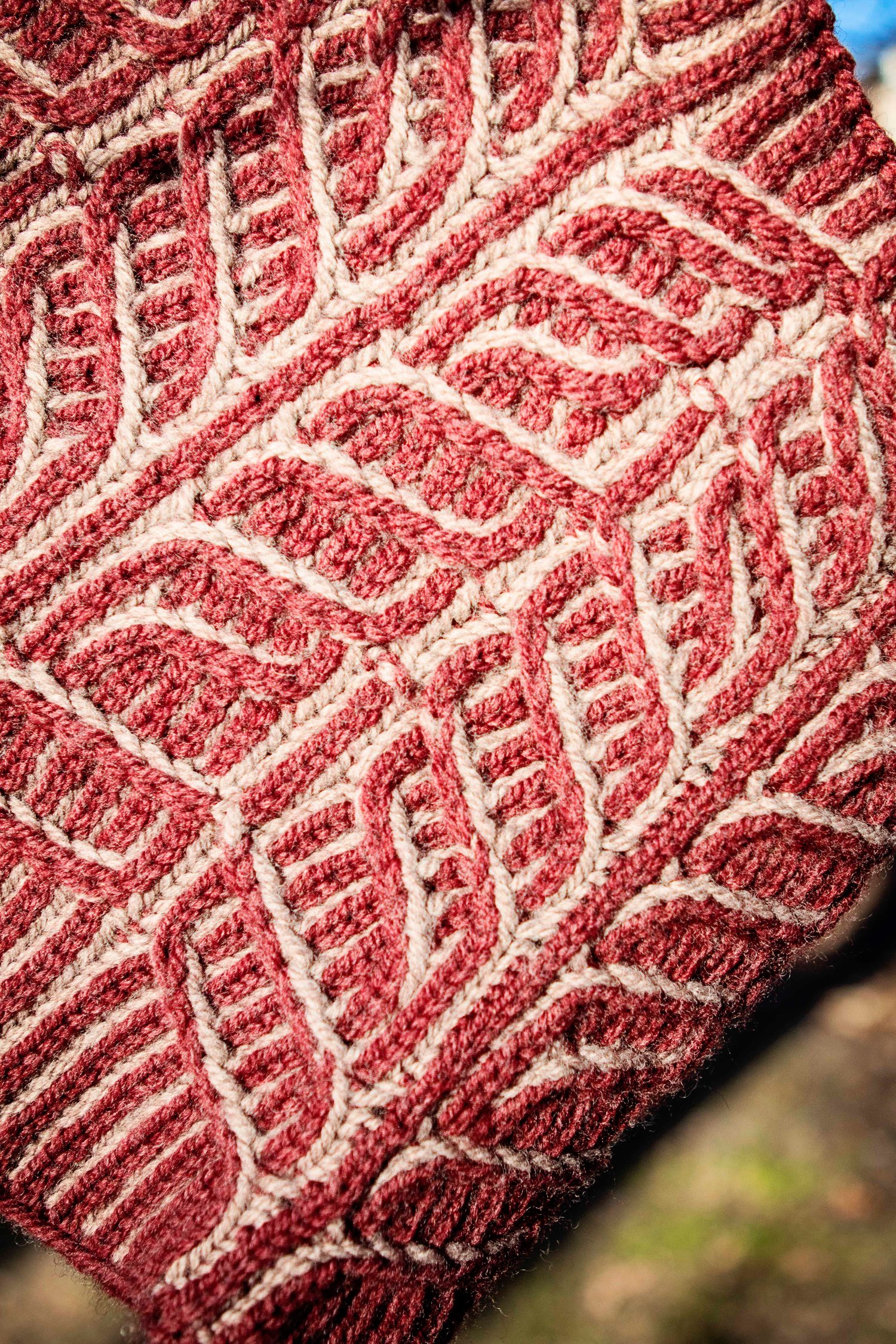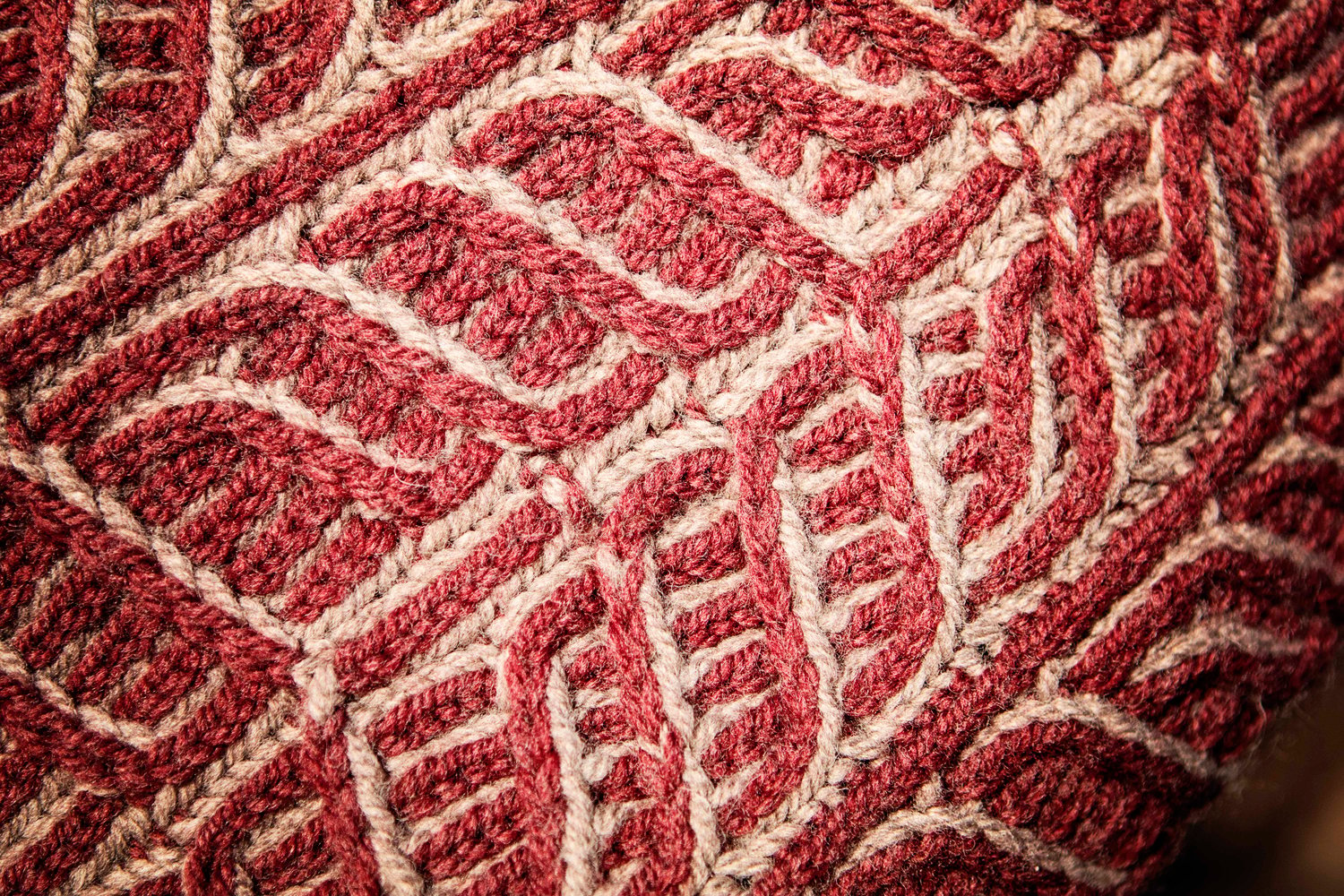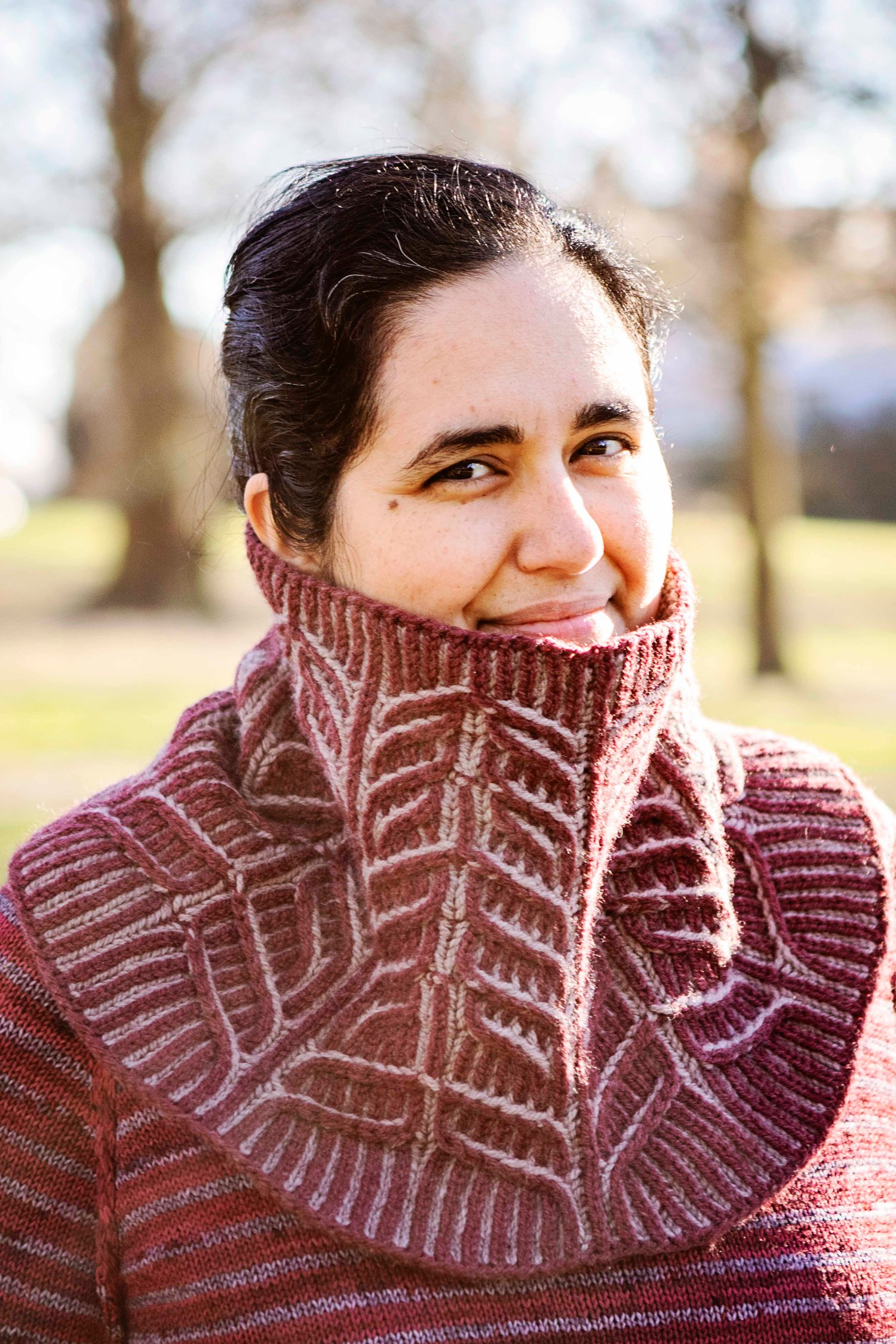Whale Song
On Sale
£4.50
£4.50
I have recently fallen in love with the Fisherman’s Rib technique and especially how it creates a Brioche fabric without actually using Brioche stitches … I find its a much simpler way to knit brioche without being intimidating … there is also a video tutorial linked in the pattern which will help show you how to work the cables in this cowl.
You cast on at the bottom and work up towards the top where you will bind off, as you work up the cowl you will periodically work decreases into the pattern which will create a more close fitting cowl at the top keeping it nice and comfortably snug around the neck. The bottom flares out to cover your collar and the top of your chest area, making this a great piece to throw on under a coat knowing that it will tuck in beautifully.
Needles –3.5mm (US 4) 24” circulars for knitting in the round.
Notions
Sizes – Finished measurements: 28cm(11in) deep by 58.5cm(23in) circumference at the top and 96.5cm(38in) circumference at the bottom
You cast on at the bottom and work up towards the top where you will bind off, as you work up the cowl you will periodically work decreases into the pattern which will create a more close fitting cowl at the top keeping it nice and comfortably snug around the neck. The bottom flares out to cover your collar and the top of your chest area, making this a great piece to throw on under a coat knowing that it will tuck in beautifully.
What you will need:
Yarn – Two 100gm Skeins of DK yarn in 2 colours (approx. 250m/277 yds per 100gm) – so you need 1 skein in each colour; Yarn used in sample – John Arbon Textiles Knit By Numbers DK 100% Non - Superwash Merino in Nr11 (Light Colour - LC) and Nr75 (Dark Colour - DC)Needles –3.5mm (US 4) 24” circulars for knitting in the round.
Notions
- 1 Stitch Marker for marking the beginning of the round, and 5 others for marking pattern repeats
- A tapestry needle for weaving ends.
- Cable Needle – Optional as the cables can be worked without a cable needle if you are comfortable with that technique
Sizes – Finished measurements: 28cm(11in) deep by 58.5cm(23in) circumference at the top and 96.5cm(38in) circumference at the bottom
Notes on adapting the pattern:
I think this pattern would work beautifully in a number of different ways- You could use two tonal colours as shown in the pattern sample
- You can work the pattern with one tonal background colour (the light colour in this pattern) and a gradient / speckled or variegated skein for the foreground colour (the dark colour in the sample)
- You can use fingering weight yarn held double in place of DK
- I think this would also work beautifully for some handspun, or even if you combined handspun for one colour and used a commercially spun yarn for the second colour

